Mike Horn poses in front of the Lance icebreaker boat
From BBC
Two explorers who trekked hundreds of miles at the North Pole and were running out of food have reached safety after an epic journey across the ice.
Ever since we left the boat, Borge Ousland and I have had one set goal in mind: Reaching the North Pole!
Now that we have finally made it, we take the time to think and look back at the journey it took us to get here.
We left Alaska with Pangaea two months ago and sailed as far north towards the pole where Borge and I waved goodbye to the crew and started our expedition at 85 degrees north.
Now, a month after the drop off, we stand on top of the world, grateful for being here living our shared dream.
But the pole is only halfway, and not even, now it’s time for us to keep up the pace and make our way towards Norway, where Pangaea is waiting patiently to pick us up once we have completed our Arctic crossing!
A massive thank you to Woodkid and his team for letting us use this amazing song that describes me and my way of living so perfectly.
And bravo to the talented Etienne Claret for his hard work and commitment in the creation of this short film, which we are very happy to share with you today!
South African Mike Horn and Norwegian Boerge Ousland covered about 1,800km (1,120 miles) on treacherous drifting ice in the past couple of months.
Børge Ousland and Mike Horn cross the entire Arctic Ocean from Alaska to Svalbard, first by boat (blue line), then by ski (red line) and then by boat again (blue line).
images : Tom Byermoen (VG)
Because of delays, they had been expected to run out of food by Friday.
However, they managed to meet up with two Norwegians sent to rescue them despite a local storm.
photo : Nick Cobbing
Lance ship, photo by Jørgen Braastad
The latest Instagram update on Sunday showed a picture of the four men on their way to the Norwegian polar research ship, the Lance, which was due to pick them up.
The men are now recuperating on the Lance, which will make its way out of the ice to the Pangaea, another ship which will collect them to bring them back to Svalbard, a Norwegian Arctic archipelago.
The Norwegian pair - Bengt Rotmo and Aleksander Gamme - set off on Tuesday, carrying food for the Horn-Ousland team.
Expedition organiser Lars Ebbesen, who was maintaining contact with both teams via satellite phone, told the BBC on Friday that the Horn-Ousland team did not want to be rescued by helicopter, but that they agreed to meet up with the Norwegian pair.
At that point, the wind was building up and they had little food.
If they had got trapped, they would not have had enough food to last.
The pair faced many obstacles during their journey, including frostbite and extreme fatigue
They spent weeks alone on the ice in the dark - in the Arctic winter, there is no daylight.
The pair faced many obstacles, including fluctuating temperatures on the ice - from -40C to +2C (35F), a sign of climate change, according to Horn.
Sometimes at night, when they were camping, the drifting ice moved them backwards, adding to the distance they had to cover.
Thinner polar ice than normal also added to the risks and slowed them down.
At one point, Horn fell into the icy water resulting in frostbite to his hands and nose.
The pair had lost a lot of weight, and were feeling weak and tired by the end of the journey, he said.
A key aim of the expedition was to collect data on the Arctic ice melt, which scientists attribute to global warming.
The journey began on the Alaskan side of the North Pole and was due to end in Svalbard.
The explorers crossed the polar ice sheet in darkness and bitter cold
Mike Horn, 53, became famous after completing a solo journey around the equator without motorised transport in 1999-2000.
In 2004, he completed a two-year solo circumnavigation of the Arctic Circle, and in 2006, along with Borge Ousland, became the first man to travel without dog or motorised transport to the North Pole during winter, in permanent darkness, according to his website.
Links :
- BBC : Hungry North Pole explorers Horn and Ousland near end of epic trek
- GearJunkie : Mike Horn Makes History: Circles Globe, Treks Both Poles
- ArcticToday : Polar trekkers’ progress is halted as food runs out
- DailyMail : Explorers are rescued from the ice with just ONE DAY of food left after taking weeks longer than planned to reach the North Pole
- The Guardian : North Pole explorers on thin ice as climate change hits expedition
- The Telegraph : 19 reasons why Mike Horn is the world's greatest living man
- YouTube : Mike Horn and Børge Ousland talks about their new expedition to the Arctic Ocean
- GeoGarage blog : Solo skier on Antarctica misses his ship home / Google Apps adventures: voyage through ...

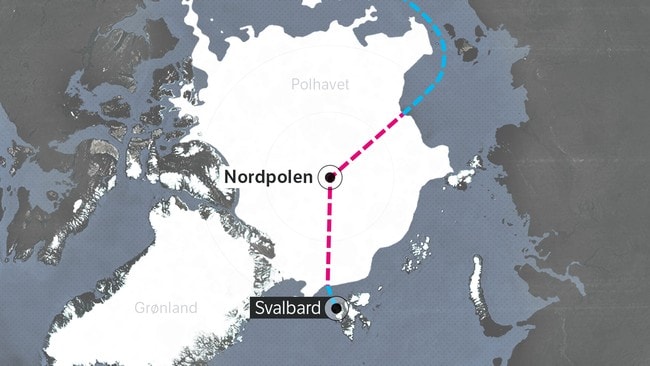
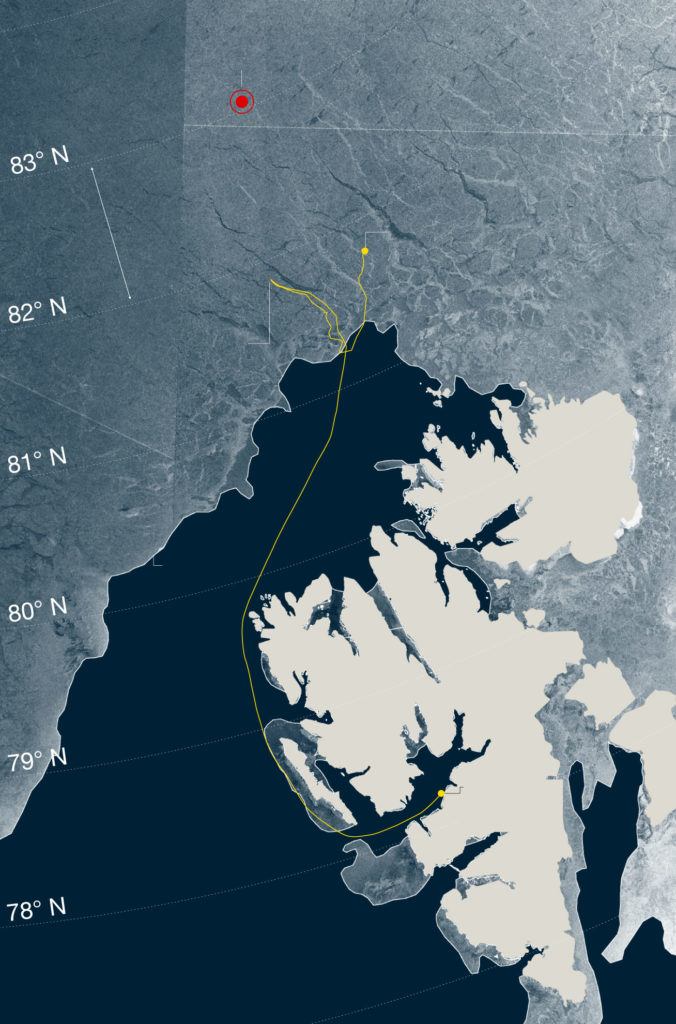
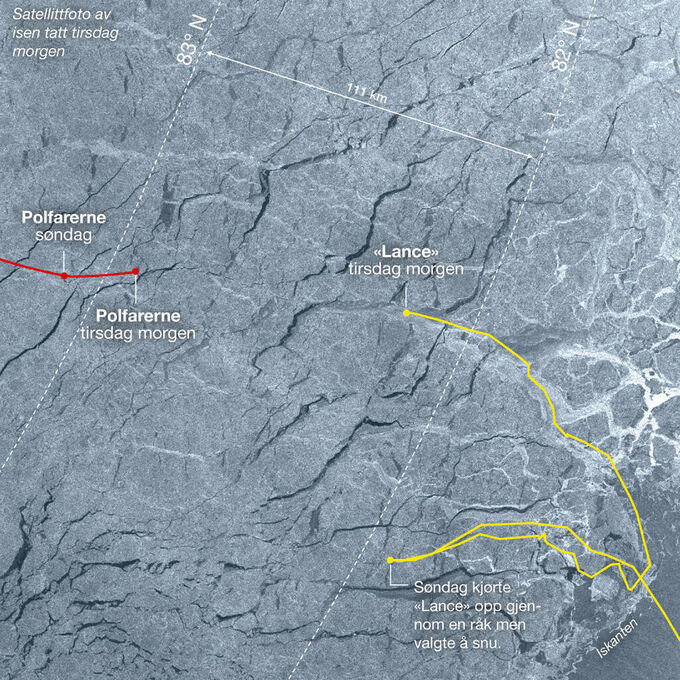
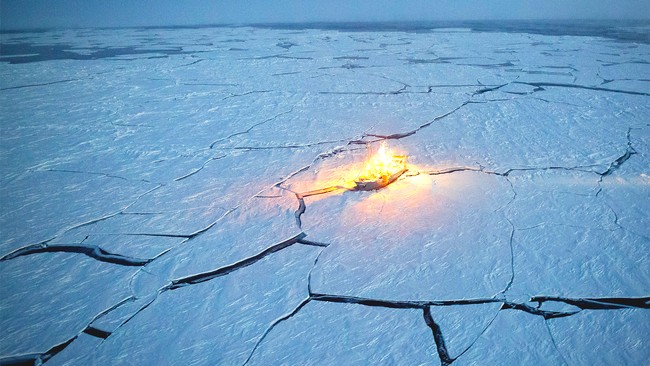


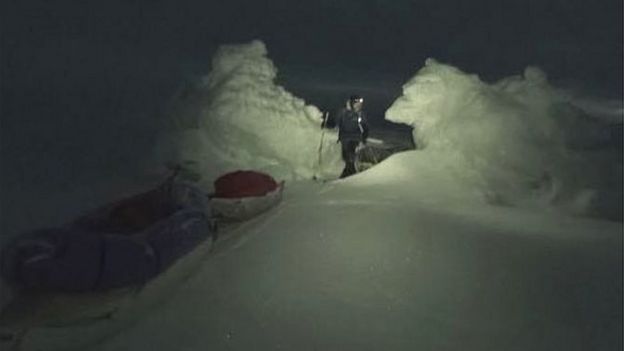
YouTube : North Pole Crossing - The Pick Up
ReplyDelete